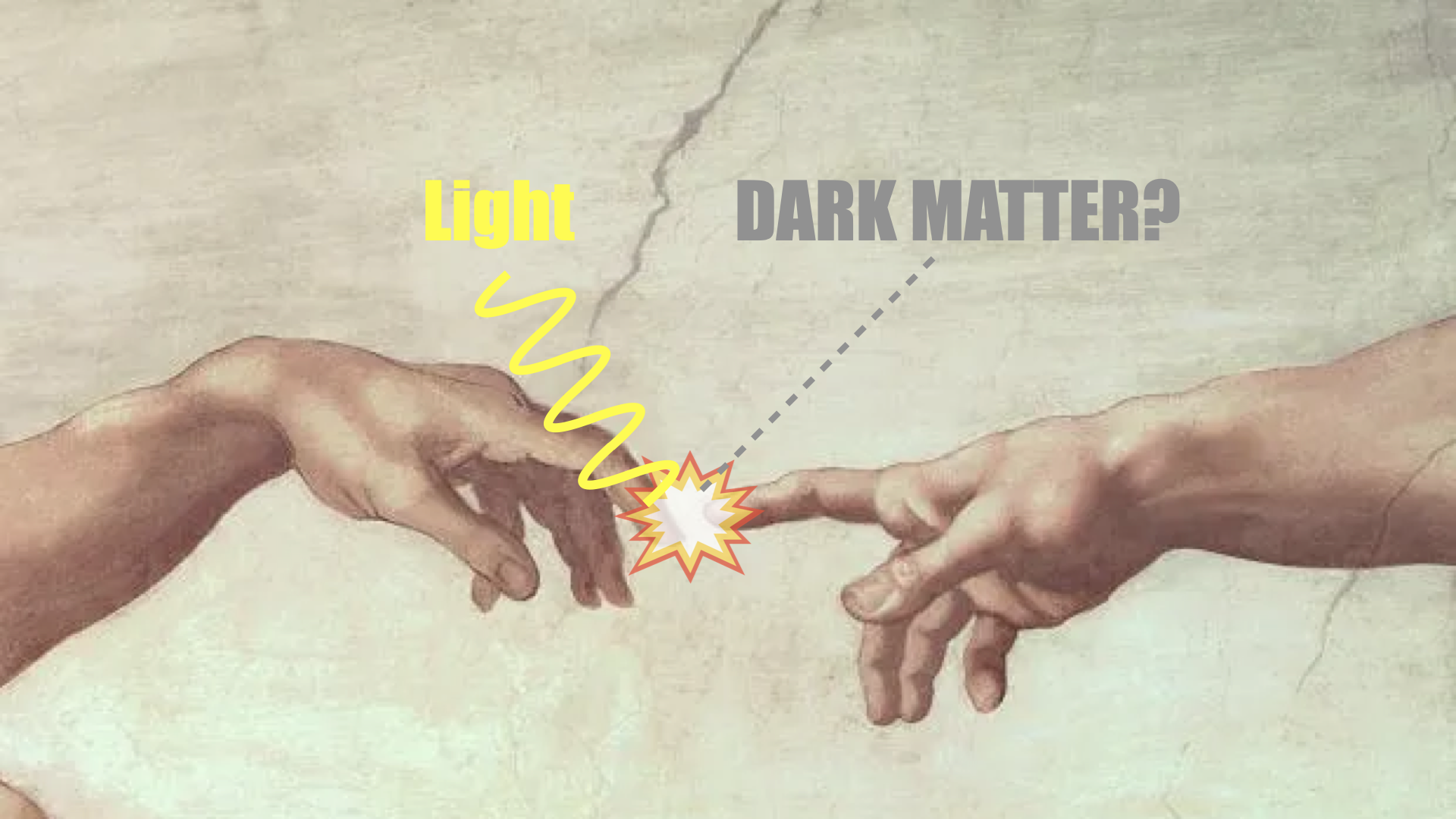CTPU-CKC Joint Focus Program: Let there be light (particles) Workshop
CTPU Seminar Room
IBS Building 4th Floor
Let there be light (particles) Workshop

2nd December - 6th December 2024
IBS-CTPU-PTC, Daejeon, Korea
The "CTPU-CKC Joint Focus Program: Let there be light (particles) Workshop" will be held from Dec 2nd (Mon) to Dec 6th (Fri), 2024, at the Institute for Basic Science (IBS) in Daejeon, Korea.
This workshop will focus on the physics of light dark sector, encompassing topics such as dark matter, dark force, and related subjects in physics beyond the standard model of particle physics.
Our goal is to bring together leading theorists, experimentalists, and observers in cosmology, astrophysics, and particle physics to discuss the latest results, ideas, and future prospects on physics of dark sector.
Presentations are by invitation only.
This workshop is sponsored by CERN-Korea Committee (CKC) and IBS-CTPU-PTC.
Invited Speakers
|
Organizers
- Andrea Caputo (CERN)
- Hyung Do Kim (SNU & CKC)
- Tae Hyun Jung (IBS-CTPU)
- Seokhoon Yun (IBS-CTPU)
Andrea Caputo
Chang Sub SHIN
Chen Sun
Claudio Gatti
Dhong Yeon Cheong
Haipeng An
Hyung Do Kim
Itay Bloch
Jaeyoung Park
Jin Sun
Junichiro Kawamura
Junu Jeong
Krzysztof Jodlowski
Luca Teodori
Marco Taoso
Qianhang Ding
Rinku Maji
Salvatore Bottaro
Sang Hui Im
Sanghyeon Chang
Sebastian Ellis
Seokhoon Yun
Seongsik Kim
Seung J. Lee
SOUGATA GANGULY
Suruj Jyoti Das
Tae Hyun Jung
